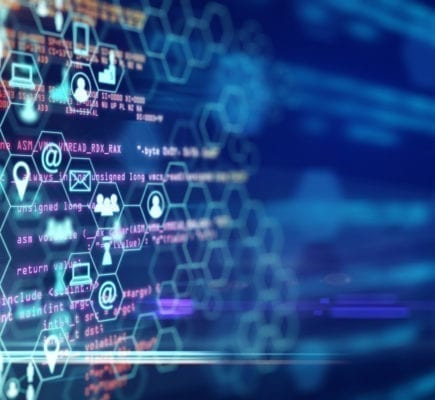
When it comes to excessive rain and flooding, losing important business information and records only makes the situation worse.
Business continuity planning (BCP) is essential to ensuring that your business can respond to disruptions in operations due to disasters quickly and in a manner that minimizes losses.
One area that your business continuity and disaster recovery plan should cover is damage and loss from floods. According to a report by the National Oceanic and Atmospheric Administration, flooding due to sea level changes is only becoming more common.
Read on to learn how you can use business continuity planning to protect your information from flood events by moving it to a secure digital repository.
Why You Need a Flood Event Business Continuity Plan
Relying on paper documents as a primary source of data storage can be highly detrimental in the event of an unanticipated emergency, like a flood. Additionally, floods are some of the most difficult disasters to prepare for. The duration and intensity of a flooding event can span from just a few hours to months-long events, making it nearly impossible to access physical documents. (If they’re not already destroyed.)
Not only is this incredibly inconvenient when trying to keep operations running smoothly, but it can also mean serious financial losses due to disruptions in service or lost files. Taking steps before disaster strikes is necessary for any business reliant on physical documents. Incorporating business continuity planning and digitizing important records ahead of time provides an invaluable layer of protection that will prevent countless headaches (and possible damages) down the line.
Identifying and Assessing Potential Risks and Threats
When assessing the potential risks associated with a flooding event, RIM professionals should first ensure they have a complete inventory of their organization’s information or otherwise conduct an audit.
This process should include identifying what information is necessary for employees to perform their job duties, as well as where that data is stored and in what format. After understanding the details of the company’s infrastructure, records managers can identify the type and amount of data that could be at risk in a flooding scenario.
While this step does take time, effort, and headcount to accomplish, this knowledge is also valuable for informing other types of business continuity planning initiatives. This includes disaster preparations for power outages, system glitches or malfunctions, and cyber-attacks, which may lead to data loss or breaches if not properly managed.
Finding a Secure Digital Document Repository
For records and information managers dealing with a large, complex combination of digital and physical documents, choosing the right document management system can make all the difference.
When assessing potential solutions, here are a few features you should look for:
- Secure data storage so that vital records remain safe during a flooding event;
- Flexible access management tools to ensure all personnel have appropriate levels of access to essential records;
- Industry-specific compliance capabilities that allow businesses to remain compliant with relevant regulations; and
- Flexibility in integrating with existing business systems.

Beyond Storage – A Comprehensive Information Management Checklist
Organizations of all kinds and sizes are finding themselves faced with an array of information management challenges. Some of these challenges, like the transformation of information technologies and the growth of data sets, have remained relatively unchanged for years.
The Legal Implications of “Flood Prepping” Information
While moving information over to your business continuity planning software of choice may ensure that it’s safe, be sure to consider your record retention schedule and that you’re meeting statutory retention requirements.
Digital storage costs may be manageable, but the fines due to retaining information past its retention date, most certainly are not. Depending on where your business operates, as well as its size and industry sector, you’ll want to understand all the legal implications associated with protecting your company’s critical information from disasters like floods.
The best solution is to have your record retention schedules pushed into the document management software automatically.
Prepare the Lifeboat Now
According to NOAA, flood disasters cost an average of $4.7 billion per event, and the number of heavy rainfall and flood events per year has been increasing.
From California to Louisiana and Tennessee, flood disasters can impact areas all across the United States. So, it would be naive to assume that a safe location alone will be enough to protect your organization’s information from a flooding event but by being proactive, you can ensure business continuity during a flood event. Here’s an overview of the business continuity plans we follow before, during, and after these types of events to protect your information.
For more information on how to create your own business continuity plans, or to access flood-related resources, visit our business continuity planning hub.




